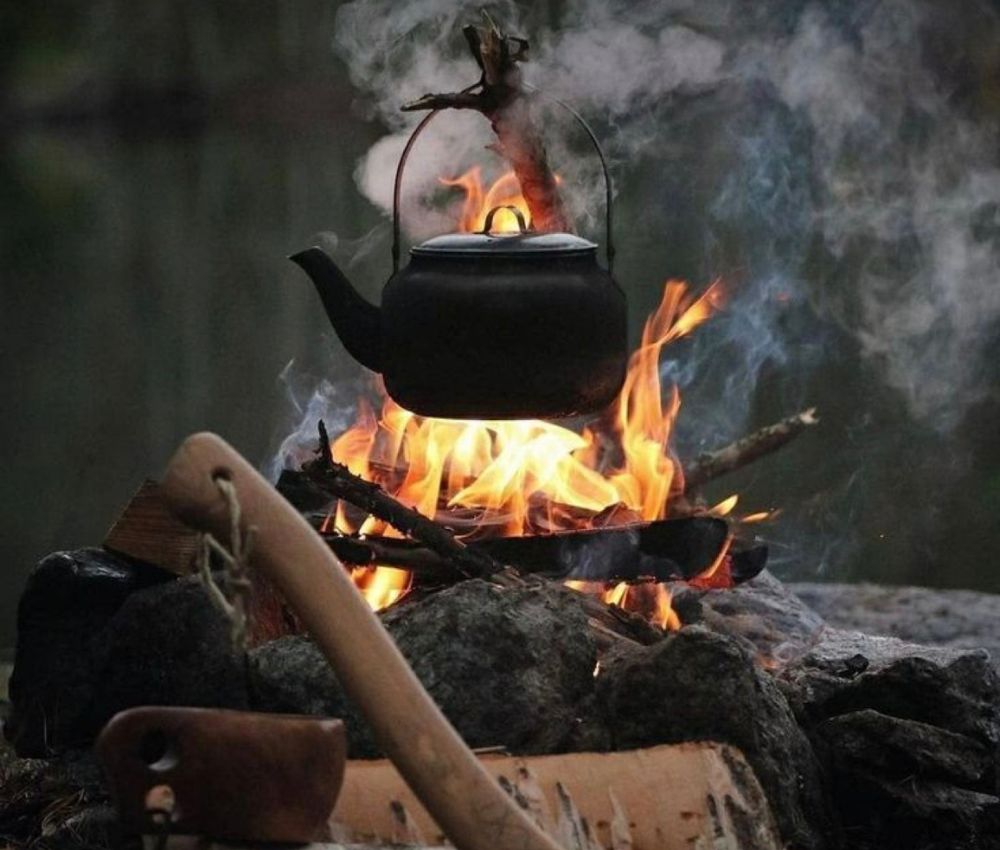Navigating the Terrain of Effective Decision-Making

Decision-making is not a one-size-fits-all endeavour. Instead, it's a dynamic process that requires some level of thought-leadership and collective actions that adapt and are flexible to cultures, values, and goals.
Navigating the Terrain of Effective Decision-Making
In the realm of effective decision-making, the journey can often present challenges, akin to navigating a labyrinth with hidden twists and turns. While today’s conversation touched upon various facets, it spotlighted some pain points and things that have worked when in the pursuit of effective decision-making. Here are some key takeaways and insights from our shared cuppa.
Key Words: Decision-making, Consensus-based decision-making, Facilitation, Authority, Evidence-based, Cultural Values, Collaboration, Dual systems of decision-making
Pain Points
- Prolonged Decision-Making Ordeal: ** ** Frustration featured as was shared in one story of a group continuing to go around in circles for an extended period, never quite reaching a clear decision. ‘That group never never formally settled on how we make decisions. We fell into a way of making them which was consensus-based, but that led to a lot of work for volunteers that didn't have much time’.
- Balancing Mainstream and Traditional Knowledge: ** ** Struggling to strike a balance between mainstream practices and traditional Māori knowledge posed a challenge. The tension between the two approaches was a recurring issue - we're trying to fit into a mainstream mould but we wanted to bring Māori knowledge, and have a think about Māori structures’.
- External Stakeholder Influence: The same group, as a collective of personnel from different entities all with the same operational focus, noted that external stakeholder influence played a significant role in shaping their decisions. This external pressure added complexity to their decision-making process.
- Lack of Clarity in Roles: ** ** When roles and authority are not clearly defined, leading to confusion and ambiguity in decision-making.
- Navigating Cultural Sensitivities: ** ** Balancing the preservation of culture while working with mainstream entities presented considerable challenges. There was a need to find a harmonious balance between different ways of knowing and doing, while not compromising Māori culture which can often happen - ‘we all had a sense of we don't want to be just another governance group that set up just because our mainstream partners are doing it this way’.
Enablers of Effective Decision Making
- Evidence-Based Decision-Making: ** ** It was emphasised that decisions should be grounded in evidence rather than opinions or assumptions, ensuring a rational and informed approach.
- Consideration of Alternatives: ** ** Having a wide range of identified alternatives that align with the vision and values of the program or goal was seen as a key enabler.
- Facilitation and External Intervention: ** ** Acceptance of using facilitation or external intervention to overcome blocks to progress when internal efforts to resolve or make decisions fail was highlighted.
- Having a process: ** ** The word process simply means a series of actions or steps taken in order to achieve a particular end. The group discussed needing to have a process in place, which can help to move decision making along to the end-point.
- Indigenous ways of Knowing and Doing: * * There are differences in the ways cultures do things. In Te Ao Māori, there is a processes in place for example a powhiri or welcome ceremony to people. There is a clear process with an end-point, that many Māori recognise as being a step-by-step journey with an end-point, with the goal of bringing people together through whanaungatanga.
- Balancing Culture and Collaboration: ** ** The group re-emphasised several times the need to balance the preservation of cultural identity, in this case, Te Ao Māori, while fostering collaboration with mainstream entities or ways of doing things. This partnership or balance was seen as a critical enabler.
- Diverse Decision-Making Approaches: ** ** The conversation recognised the possibility of diverse decision-making approaches coexisting to accommodate cultural diversity. It was suggested that, as long as there is an agreed common goal in mind, different approaches could work harmoniously.
- Supporting Leaders: ** ** Leaders navigating complex decision-making processes require support. This support was deemed essential in ensuring that leaders could effectively steer their groups through intricate decision-making terrains.
Our cuppa journey reminds us that decision-making is not a one-size-fits-all endeavour. Instead, it's a dynamic process that requires some level of thought-leadership and collective actions that adapt and are flexible to cultures, values, and goals. We also recognised that decision-making does not have to be a lonely endeavour. There are times when a facilitator who is skilled at challenging, questioning and bringing groups to agreement on common ways forward or towards a shared goal can provide a collective or an individual with impetus and support.
Mauriora,
The Walk Together Team


